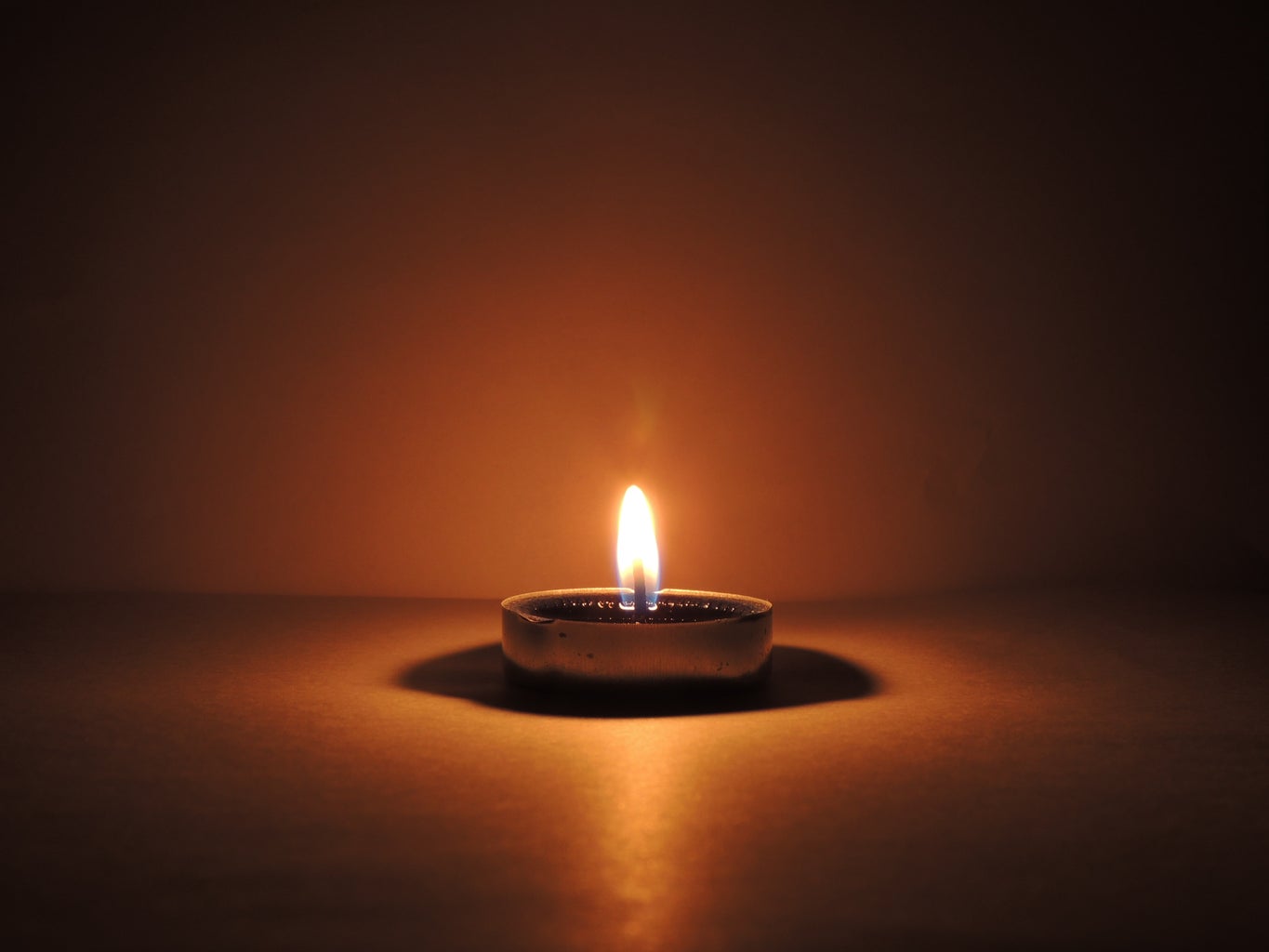With every high school English class comes the inevitable reading and analysis of various novels and short stories. However, if your teachers were anything like mine, many of the short story choices were interesting, to say the least. Anything from death to murder seemed to be on the table, and we basically just had to read it, analyze it, and process it before the bell rang. As soon as the bell rang, we were shooed out the door to lunch as if we didn’t just read the most mortifying story ever written, many of which still haunt me to this day. Of the ones I was forced to read, here are the worst of them. Many involve topics such as death, murder, and just general emotional trauma, so readers beware.
- “There Will Come Soft Rains” by Ray Bradbury
-
Of the short stories I read in grade school, this one is certainly one of the less horrifying ones. However, I do believe that it should be mentioned. This short story by Ray Bradbury is about a house. This house, in particular, is the last remaining structure in a society that has been decimated by nuclear war.
The descriptions are equal parts horrifying and depressing, as the house is personified and slowly “dies.” The feelings of isolation are present, with a description of the burned outline of a family on the outside of the house being particularly haunting.
Therefore, while it is not the worst thing I’ve ever read, the eerie story of a house being destroyed along with the society and lives that once existed alongside it certainly deserves to be on this list.
- “The Cask of Amontillado” by Edgar Allan Poe
-
As a horror fanatic, I personally didn’t find this one too disturbing, but it should definitely be included based on the overall theme and plot. In this dark tale, a man lures his friend down into the catacombs of an unnamed Italian village. In an act of revenge, the main character gets his friend drunk enough to pass out before sealing him into a tomb and leaving him there.
The idea of waking up after a trip with a friend to essentially find oneself sealed into a tomb alive is terrifying. No one would ever find you or hear you, so you would likely die of thirst or suffocation, while no one would ever know what happened. I applaud Poe for his storytelling elements, but this might have been a little too much for a class full of high school freshmen.
- “To Build a Fire” by Jack London
-
Another death-related story, “To Build a Fire” by Jack London follows the story of a hiker who is traversing in less-than-ideal conditions. In a snowy, freezing cold environment, London uses imagery to focus on the gloom and deadness of where this hiker finds himself. In an effort to warm himself in the cold, the hiker attempts to build a fire. This story follows his actions as he tries to build this fire for several pages, then ends with the failed attempt at building this fire, and the hiker freezes to death.
Jack London did a great job at introducing my high school self to death due to exposure. This story is particularly terrifying when you consider how the main character did everything they could to survive and still died a painful and scary death. While this isn’t the worst thing I was forced to read, analyzing the last moments of a man who is slowly dying from exposure was not exactly the highlight of my high school career.
- “An Occurrence at Owl Creek Bridge” by Ambrose Bierce
-
What could be a better story for high schoolers to read than one about a man in the midst of being hung? This, apparently, was the question my teacher asked himself before assigning us this story during class. However, once one begins to read this story, it looks like it might actually have a happy ending. The story begins with a man who has a noose around his neck, contemplating his last moments as the soldiers in the story prepare to execute him. Before he is killed, it seems as though he is able to escape. The story then follows the man as he defies the odds to escape to freedom. Then, when it seems as though freedom is not a far-off dream and is actually a possibility, he dies. The great escape was all a dream that occurred in the moments before he died from the noose.
Hope is a powerful motivator, which is something one can take away from this story. False hope, on the other hand, and the things the human brain is able to dream up before imminent death might not be what I wanted to take away after reading it as a teenager.
- “All Summer in a Day” by Ray Bradbury
-
I think I might have been in middle school or maybe even elementary school when I read this story. That might be why I still think about it to this day, or it might be because this story was just genuinely that depressing and messed up.
In this story, children live and go to school on the planet Venus, where it has been raining every moment of every day and night for seven years. One of the girls, who was smaller and frailer than the others, was often a victim of bullying. One of the cruel pranks played on her by her peers on this day was getting locked in a closet. While she was locked in the closet, the sun came out for the first time in years, and the children were able to play and enjoy the sunlight until the rain came back for the next cycle of years. It was only after this small window of summer had passed that the group remembered the girl in the closet. She missed the sun and would likely not see it again for years.
This was one of the few stories that I have truly thought about and dwelled upon ever since I was a kid. The horror and tragedy of missing a piece of brief happiness that one had been waiting on for years and would likely not be able to experience again for many years to come is genuinely depressing and terrible. Therefore, this story, in particular, occupies a space in my mind.
- “The Lottery” by Shirley Jackson
-
“The Lottery” by Shirley Jackson is a story that almost everyone I know has had to read. In this timeless tale, a community gathers for the drawing of the lottery. Everyone seems excited and ready to participate in this year’s lottery, and eventually, everyone congregates in the center of town to draw slips for the event. One person draws the “winning” ticket, which has a dot on it as opposed to being blank. This is when we find out what the winner of the lottery receives.
The winner of the lottery does not get a cash prize, but instead is stoned to death by those around them. This then raises the question of why does this happen? Why do people let it happen? These questions are never answered. Instead, we are faced with rising horror as the selected person, who previously was excited to participate in the lottery, is killed by their friends and family. Seeing someone change opinions on the lottery as soon as it is their turn is obvious hypocrisy, and the idea that the loved ones of a person are easily able to kill them is not a world that I would readily explore. While this might be one of the better-known short stories from high school that traumatized most people, I don’t necessarily believe that it is the worst.
- “The Most Dangerous Game” by Richard Connell
-
“The Most Dangerous Game” starts off with intense themes, as this is a hunting story that slowly builds suspense as it goes on. It follows a big-game hunter that is placed into an environment where he feels uncomfortable as it is dark and creepy. After getting lost in the jungle, the main character comes across a fellow hunter’s home. His feelings of safety soon leave him when the man tells him that he hunts people for sport instead of animals, and the main character becomes the prey that he is so accustomed to hunting.
The building suspense in this story pairs nicely with the sociopathic argument of the hunter on how man and beast are no different and, therefore, can be hunted for sport. This implication along with the overall setting and imagery, make it a terrifying story, especially for a teenager. While this one is not quite in the top three, it definitely comes close.
- “The Landlady” by Roald Dahl
-
Roald Dahl is a renowned children’s author who is well known for books like “Matilda” or “James and the Giant Peach.” Imagine my surprise after reading this grizzly tale. In this story, a businessman comes to London to stay in a lodging-house. In this bed and breakfast, he finds a very odd and eccentric landlady who has made a hobby out of taxidermizing dead animals. The very end of this story results in the implication that the main character has been poisoned with cyanide and will then be stuffed similarly to others that have entered the bed and breakfast.
This story already began with being creepy and unsettling, so how could it possibly get worse? The idea that an innocent traveler has been poisoned and stuffed by a creepy old woman certainly does the trick of making the story even more creepy and unsettling. The overall vibe of the story paired with the ending, cements it as number three on my list of high school English Literature related traumas.
- “A Rose for Emily” by William Faulkner
-
This story, unsurprisingly, is about a woman named Emily. This story is fairly long and starts by describing the people attending Emily’s funeral after her death. Emily generally lived as a recluse and caused distress to the rest of the town as she refused to pay taxes and failed relationships. It is implied that she kills her boyfriend with arsenic, and the story grows incredibly creepy as it goes on. Eventually, after her death, townspeople enter her house to find the corpse of her boyfriend in her bed and an indent where she had been lying next to him for years.
A reclusive woman kills her boyfriend and lays next to him in bed for years as his body decays. Do I even need to say more about that? That was all kinds of messed up, and I have no idea why my teacher had us read it. As traumatizing as that one was, it does not quite beat the number one story on this list.
- “The Scarlet Ibis” by James Hurst
-
And now, for the moment we’ve all been waiting for, my number one pick for the most horrifying, traumatizing, and haunting short story I have ever read. I don’t know why I had to read it, I don’t know why I read it again when I was writing this article, and I don’t know if I’ll ever be able to escape it.
This story follows two brothers, and the younger one is born with a physical disability. The older one loves his brother and affectionately nicknames him Doodle. However, feeling uncomfortable and resentful over his brother’s disability, he begins to push him to be more like “normal kids.” Doodle is considered to be unable to ever walk, so the older brother tries to teach him to walk and move on his own. It actually begins to work, and Doodle is no longer bedridden. Wanting to make Doodle “better,” the older brother continues to push him to do things such as swim and climb. Doodle, loving and trusting his older brother, obliges.
Eventually, things come to a head when Doodle is unable to perform some of what his brother wants him to do. The brother, upset, runs away right as a storm is coming. Doodle calls out for him not to leave him, but he leaves anyway. Later, after Doodle never comes home, the brother returns to find him dead and proceeds to cry.
This story made me cry the first time I read it. The last lines of the story, where Doodle calls out for his brother not to leave him, only to be left alone to die, are absolutely mortifying and completely traumatizing. It’s safe to say I will never recover from this story. I cried when I reread it to write this article. If the summary alone is enough to disturb you, I might recommend avoiding the emotional hell that is “The Scarlet Ibis.”
This is my master-list of short stories that continue to appear in my nightmares. However, some honorable mentions include “The Diamond Necklace,” “Harrison Bergeron,” “The Monkey’s Paw” and “The Lady and the Tiger.” I don’t know why my English teacher felt the need to have us read these stories instead of your run-of-the-mill books aimed at 14-year-olds, and I’m not sure if I even want to know. What I can say is that these stories will live in my mind rent-free, courtesy of their horrifying plots and implications about human nature.












